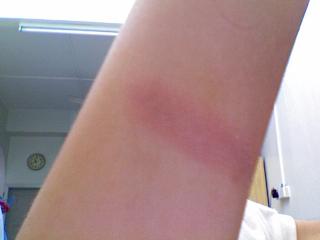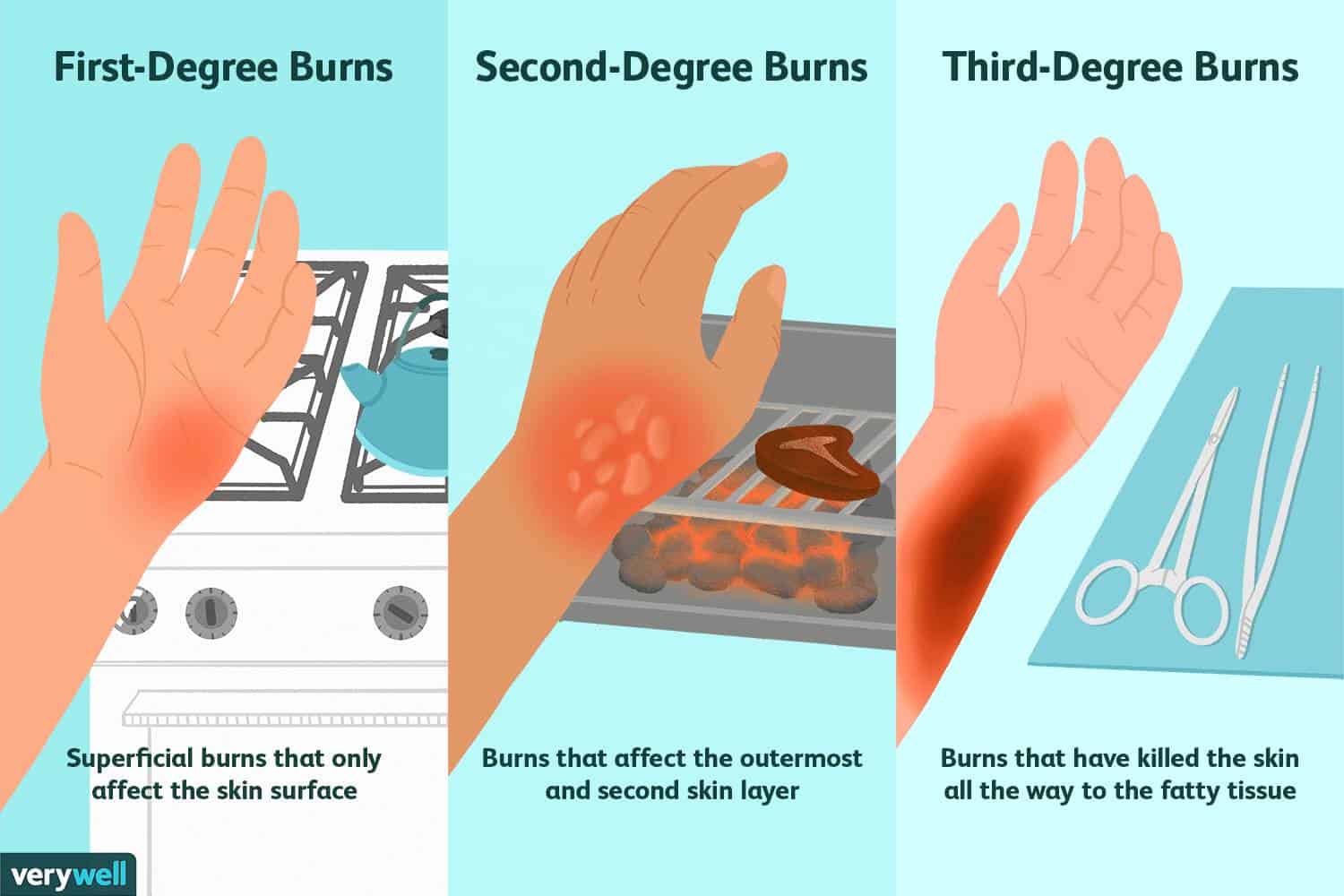
- 1ST DEGREE BURN ON FACE SKIN
- 1ST DEGREE BURN ON FACE PROFESSIONAL
They’ll blister 24 hours after the initial burn. Superficial burns, like sunburns, are commonly red and painful. If the burn is more than just superficial tissue damage, you should also head to the ER. 1) Where Is It Located?Īny burn to the face, eyes, ears, hands, feet or genitals should be treated in an emergency room. What if the burn is big? What if it’s more than red and a little swollen? How do you know when to seek medical attention? Here are four questions to help you determine if your burn requires medical treatment. You may be able to treat a superficial burn at home, but a more severe burn will require medical treatment.

You should assess the burn to determine if it is superficial or more severe. If this not possible, apply a cool, clean wet cloth to the burn. If possible, run the burn under cool, not cold, water for 10 to 15 minutes. If clothing is stuck in the burn, do not attempt to remove it. Remove any clothing or tightly fitting accessories like wedding rings from the areas around the burn. Next, you’ll want to address the following: Remove Clothing and Accessories You should calm and reassure the person who has been burned. First, treat every burn like a major burn until you can determine otherwise. If you or a family member suffers a burn, there are some immediate steps you can take to ensure proper care is received. Between curling irons, hot coffee, ironing clothes and cooking in the kitchen, burns are a very real possibility. Note: Do not rub the eye, and do not cough or breath on the burn.You and your family are exposed to burn risks every day.
 Using light pressure, apply a cool compress to the eye.
Using light pressure, apply a cool compress to the eye.  Flush the eyes with cool water if water increases pain symptoms, stop. In the case of burns to the eye, if the white around the eye swells, if there are visual problems, or the burn is otherwise serious, seek medical attention. Note: Do not leave the victim alone, and watch for signs of shock. Protect the burn area from friction by covering it with a loose, dry, sterile dressing. If 15 minutes have passed, apply cool, wet compresses to help relieve pain. Continually flush the affected area with fresh water. Remove the chemical, including clothing or anything on the person that came in contact with it, taking care to not spread the chemical elsewhere.
Flush the eyes with cool water if water increases pain symptoms, stop. In the case of burns to the eye, if the white around the eye swells, if there are visual problems, or the burn is otherwise serious, seek medical attention. Note: Do not leave the victim alone, and watch for signs of shock. Protect the burn area from friction by covering it with a loose, dry, sterile dressing. If 15 minutes have passed, apply cool, wet compresses to help relieve pain. Continually flush the affected area with fresh water. Remove the chemical, including clothing or anything on the person that came in contact with it, taking care to not spread the chemical elsewhere. 1ST DEGREE BURN ON FACE PROFESSIONAL
The following general measures can be taken while awaiting professional care. Your local Poison Control Center can best provide this information.
Cover the affected area with a cool, moist cloth or bandage.īurns caused by chemical exposure require quick first aid while awaiting medical care doing so can lessen the chemical’s harmful effects. Avoid further contact with smoke or heat, but do not remove the person’s clothes and do not immerse the burn areas in cold water. While awaiting professional medical care, self-care measures are as follows: Until the burn has healed, continue to apply clean, dry dressings, and change them daily.įor severe (extensive second-degree and all third-degree) burns, contact emergency help immediately. Take a pain reliever such as acetaminophen (eg, Tylenol), ibuprofen (eg, Advil, Motrin), naproxen (eg, Aleve), or aspirin (but never use aspirin in children or adolescents aged 18 years or younger).  Gently pat the area dry with a clean or sterile cloth, and cover the area with a nonadhesive, sterile, dry dressing. Note: Unless the burn is in the mouth, do not apply ice directly to the affected area. Run the affected area under cold water, or immerse the area in cold water for 10–15 minutes. General self-care measures for minor (first-degree and some second-degree) burns are as follows: Seek professional medical care for burns that do not fit the above criteria. When in doubt, treat as a serious burn.Īll first-degree burns and all second-degree burns that are smaller than 2–3 inches in diameter are considered minor burns, and they can be treated as specified in the First Aid Guide below. It is important to try to assess the seriousness of a burn, which is determined, primarily, by the size of the burn and its depth. It is often difficult to determine the extent of airway burns. The airway swells, which can cause suffocation. Third-degree burns do not have pain associated with them.Īirway burns can affect the nose, throat, and windpipe and are typically caused by inhaling smoke, steam, or toxic fumes. Third-degree burns involve destruction of all layers of the skin, including fat, muscle, blood supply, and sometimes bone. Second-degree burns involve destruction of the second layer of skin, causing blistering, swelling, and pain. First-degree burns are superficial with red skin, pain, and no blistering.
Gently pat the area dry with a clean or sterile cloth, and cover the area with a nonadhesive, sterile, dry dressing. Note: Unless the burn is in the mouth, do not apply ice directly to the affected area. Run the affected area under cold water, or immerse the area in cold water for 10–15 minutes. General self-care measures for minor (first-degree and some second-degree) burns are as follows: Seek professional medical care for burns that do not fit the above criteria. When in doubt, treat as a serious burn.Īll first-degree burns and all second-degree burns that are smaller than 2–3 inches in diameter are considered minor burns, and they can be treated as specified in the First Aid Guide below. It is important to try to assess the seriousness of a burn, which is determined, primarily, by the size of the burn and its depth. It is often difficult to determine the extent of airway burns. The airway swells, which can cause suffocation. Third-degree burns do not have pain associated with them.Īirway burns can affect the nose, throat, and windpipe and are typically caused by inhaling smoke, steam, or toxic fumes. Third-degree burns involve destruction of all layers of the skin, including fat, muscle, blood supply, and sometimes bone. Second-degree burns involve destruction of the second layer of skin, causing blistering, swelling, and pain. First-degree burns are superficial with red skin, pain, and no blistering. 1ST DEGREE BURN ON FACE SKIN
A burn is an injury to the skin resulting from direct contact or exposure from extreme heat or cold, friction, electricity, or chemicals.








 0 kommentar(er)
0 kommentar(er)
